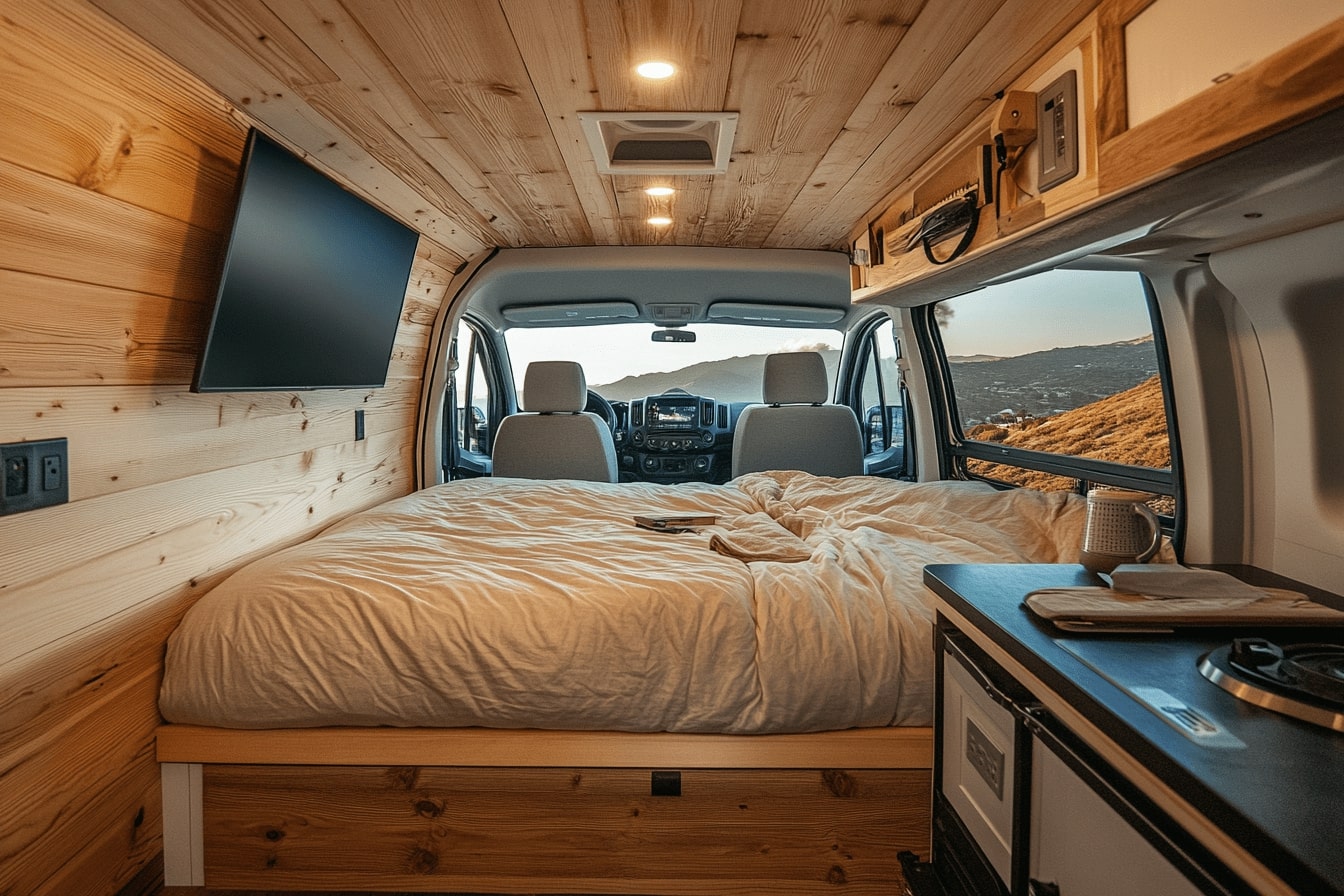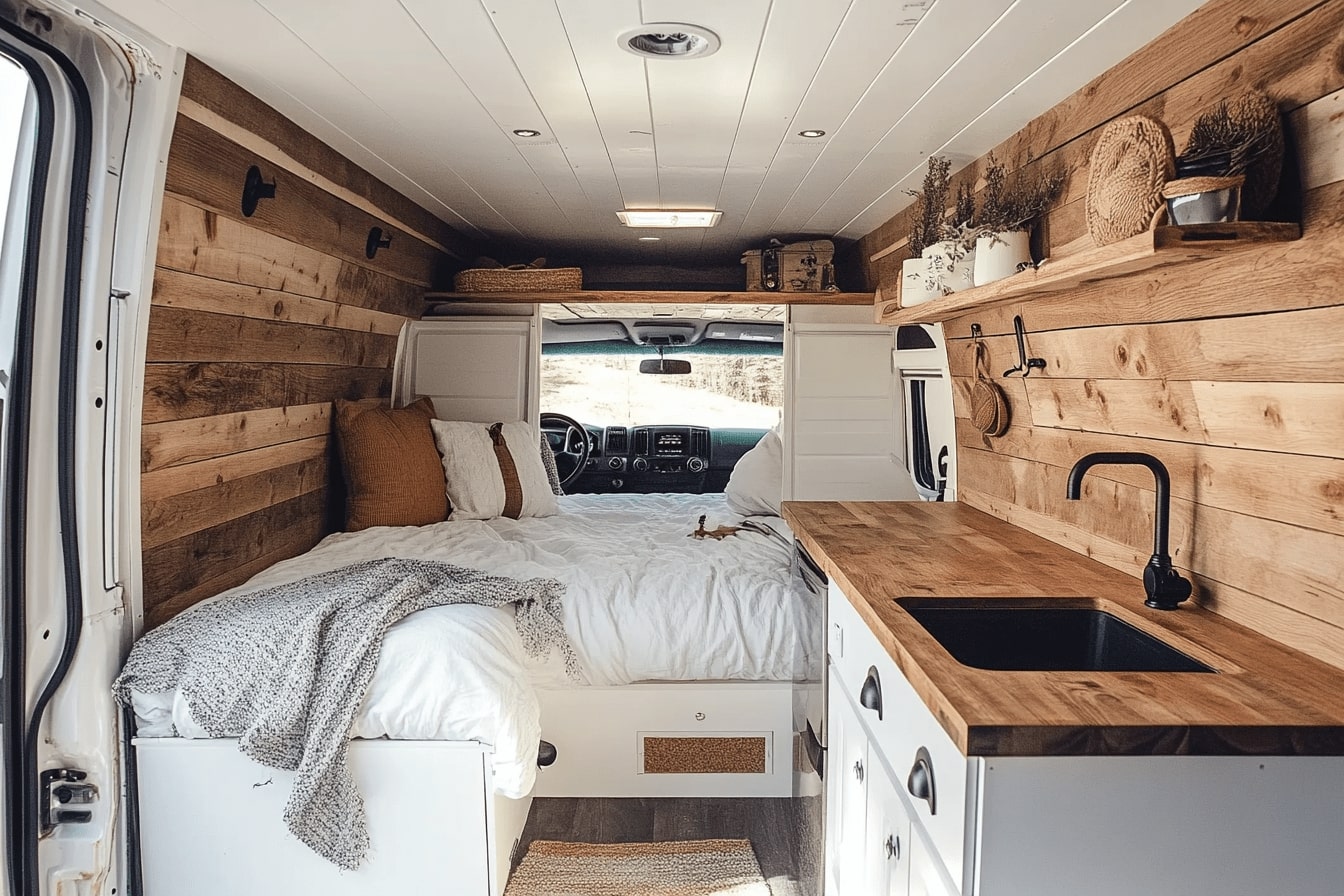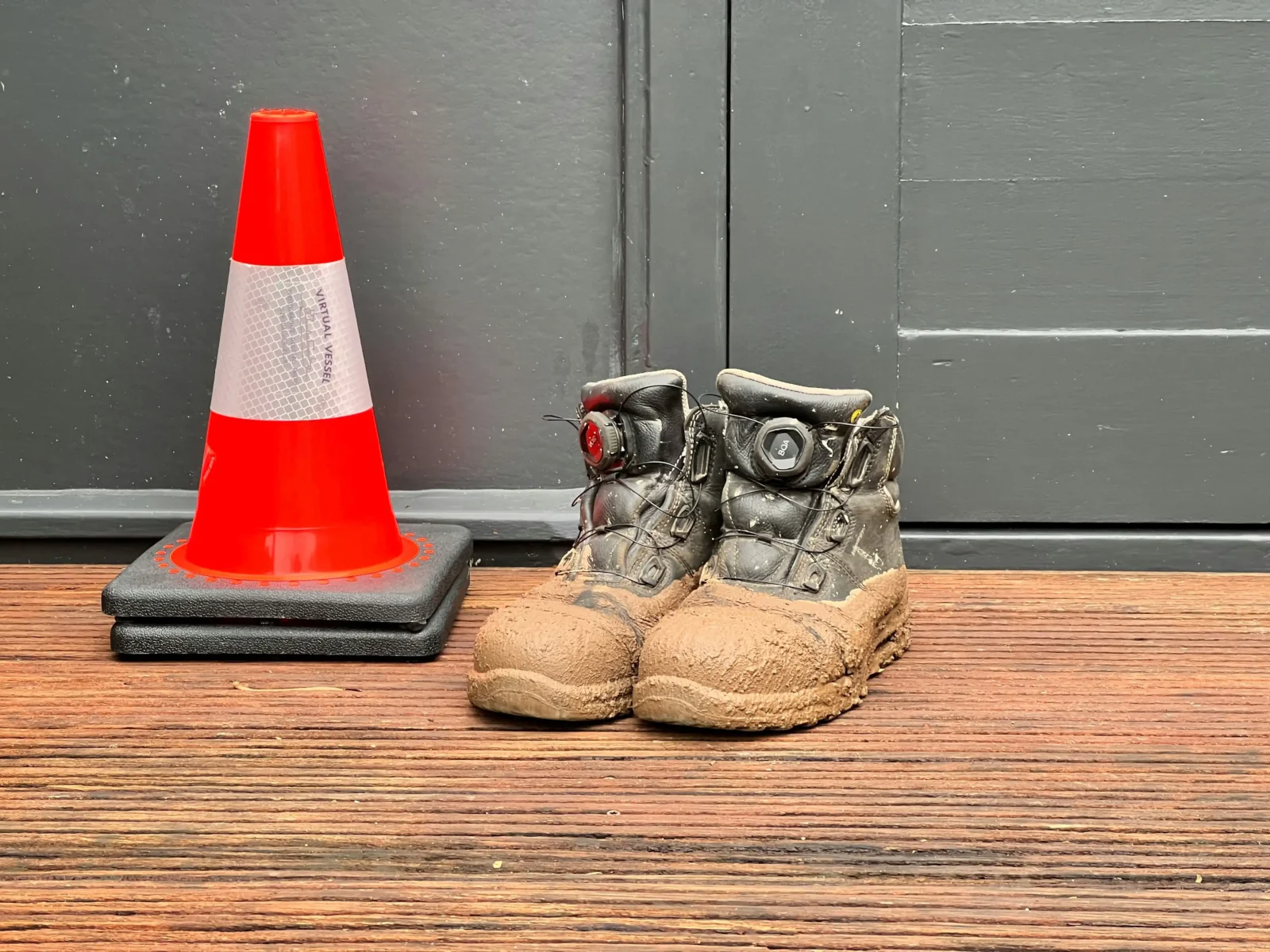- Home
- Articles
- Architectural Portfolio
- Architectral Presentation
- Inspirational Stories
- Architecture News
- Visualization
- BIM Industry
- Facade Design
- Parametric Design
- Career
- Landscape Architecture
- Construction
- Artificial Intelligence
- Sketching
- Design Softwares
- Diagrams
- Writing
- Architectural Tips
- Sustainability
- Courses
- Concept
- Technology
- History & Heritage
- Future of Architecture
- Guides & How-To
- Art & Culture
- Projects
- Interior Design
- Competitions
- Jobs
- Store
- Tools
- More
- Home
- Articles
- Architectural Portfolio
- Architectral Presentation
- Inspirational Stories
- Architecture News
- Visualization
- BIM Industry
- Facade Design
- Parametric Design
- Career
- Landscape Architecture
- Construction
- Artificial Intelligence
- Sketching
- Design Softwares
- Diagrams
- Writing
- Architectural Tips
- Sustainability
- Courses
- Concept
- Technology
- History & Heritage
- Future of Architecture
- Guides & How-To
- Art & Culture
- Projects
- Interior Design
- Competitions
- Jobs
- Store
- Tools
- More
Essential Guide to Van Life in the USA: Tips for Freedom and Adventure
Discover the ultimate guide to van life in the USA, perfect for digital nomads and adventure seekers. Learn how to choose the right van, essential gear, and budget effectively. Get tips on planning routes, staying safe, managing mail, and staying connected. Embrace freedom, simplicity, and explore destinations like Yosemite and Route 66. Enjoy the road to a more liberated lifestyle!

Ever dreamt of hitting the open road and exploring the vast landscapes of the USA from the comfort of your own home on wheels? Van life offers that freedom and so much more. It’s not just a trend; it’s a lifestyle that combines adventure with simplicity, letting us escape the daily grind and reconnect with nature.
In this essential guide, we’ll cover everything you need to know about embracing van life in the USA. From choosing the right van to finding the best campsites and managing daily essentials, we’ve got you covered. Whether you’re a seasoned traveler or a curious newbie, this guide will help you navigate the ins and outs of life on the road. Let’s dive in and start our journey toward a life of freedom and discovery.

Table of Contents
ToggleWhat Is Van Life?
Van life is a lifestyle that embraces living and traveling in a converted van or vehicle. It’s popular for its promise of freedom, adventure, and minimalism. Those who choose van life often seek to escape the conventional routine and connect more deeply with nature and different places.
Essentially, van life involves customizing a van to include essentials like a bed, storage, and a small kitchen. Many add solar panels, portable showers, and Wi-Fi hotspots to enhance comfort and functionality. This setup allows for an off-grid experience, which appeals to individuals wanting to reduce their dependence on conventional infrastructure.
Van lifers, as they are often called, travel across cities, rural areas, and scenic landscapes. They frequent national parks, beaches, forests, and other natural attractions. Popular destinations include Yellowstone National Park, California’s Pacific Coast Highway, and the Grand Canyon.
In the USA, van life has gained traction due to the expansive and diverse landscapes. The community has grown, with social media showcasing various ways to adopt this lifestyle. Whether full-time or part-time, van life offers a way to explore and experience the country uniquely.
The history of van life traces back to the early hippie movement and nomadic cultures. Recently, it’s been popularized by influencers and digital nomads. The reduction of living expenses, combined with the flexibility to work remotely, has made this lifestyle appealing to many.
Van life isn’t just about traveling spontaneously; it involves planning and preparation. From selecting the right van to ensuring it’s equipped for different seasons, careful consideration is needed. This guide aims to cover these aspects comprehensively, ensuring an informed and enjoyable journey.
Choosing The Right Van
Selecting the right van ensures a successful and comfortable van life experience in the USA. This section explores various options and important features to consider.
Types Of Vans
Different types of vans suit different lifestyles. Here are some common options:
- Cargo Vans: Offers ample space and flexibility for custom build-outs. Examples: Ford Transit, Mercedes-Benz Sprinter.
- Campervans: Pre-built with basic amenities like beds and kitchens. Examples: Volkswagen Westfalia, Winnebago Solis.
- Class B RVs: Provides built-in amenities and comfort. Examples: Roadtrek Zion, Airstream Interstate.
- Minivans: Compact and fuel-efficient, ideal for short trips. Examples: Honda Odyssey, Toyota Sienna.

Key Features To Consider
Selecting a van involves reviewing key features that impact comfort and utility:
- Size: Adequate space for living and storage.
- Fuel Efficiency: Better fuel economy reduces travel costs.
- Reliability: Dependable models minimize breakdowns.
- Height: High-roof options allow for standing space.
- Insulation: Temperature control for various climates.
- Mileage: Lower mileage for extended usability.
- Price: Balance between budget and quality.
Consider these features to match the van with individual needs and preferences.
Essential Gear And Equipment
Choosing the right gear can transform the van life experience. The following subheadings cover the crucial essentials for a comfortable journey.
Sleeping Arrangements
A comfortable bed setup is vital. Options include fixed beds, which offer stability, or convertible beds, which save space. Foam or memory foam mattresses provide better sleep quality. Ensure bedding with proper insulation is selected to counter varying weather conditions.
Cooking And Food Storage
A compact kitchen setup is necessary. Portable stoves or built-in gas ranges allow cooking flexibility. A mini-fridge or cooler ensures food remains fresh. Invest in stackable cookware and collapsible containers to maximize storage space. Choose utensils and appliances that fit within designated kitchen areas.
Bathroom Solutions
Bathroom facilities impact comfort. Portable toilets and composting toilets are practical for off-grid use. Use portable showers or solar showers for bathing; these can be set up inside or outside the van. Cleaning and hygiene supplies should be easily accessible and stored efficiently.
We recommend considering the practicality, space-efficiency, and ease of use when selecting gear and equipment.

Planning Your Route
Before hitting the road, it’s important to plan our route to make the most of our van life experience. We’ll explore top destinations and essential apps to ensure a smooth journey.
Top Destinations In The USA
The USA offers countless destinations that are perfect for van life enthusiasts:
- Yosemite National Park: Famous for its waterfalls and giant sequoias, Yosemite is a must-visit. We can camp at numerous sites with stunning views.
- Great Smoky Mountains: Known for biodiversity and scenic mountain ranges, this destination offers various camping spots.
- Route 66: This classic American road trip route provides historic landmarks and unique roadside attractions.
- Yellowstone National Park: Home to geysers and diverse wildlife, Yellowstone offers several campsites and plenty of exploration opportunities.
- Pacific Coast Highway: Travel along California’s breathtaking coastlines, making stops in iconic cities like San Francisco and Los Angeles.
- Google Maps: Essential for navigation and discovering points of interest.
- AllStays: Lists campgrounds, RV parks, and rest areas with user reviews.
- iOverlander: Provides information on campsites, water sources, and amenities.
- GasBuddy: Helps us locate the cheapest gas stations along our route.
- Campendium: Aggregates campsite reviews and offers detailed information about amenities.
Budgeting For Van Life
Budgeting for van life ensures financial stability and enables us to enjoy our travels without undue stress. This section breaks down essential cost components.
Initial Costs
Initial costs vary based on the van’s type, condition, and customization. A reliable used van costs around $10,000-$20,000. Customization, essential for comfort and utility, generally costs between $5,000-$15,000. Key expenses include insulation, electrical systems, water systems, and storage solutions. Basic insulation can cost approximately $300, while a complete electrical system might range from $1,500-$5,000 depending on the components. Water systems, including tanks and pumps, and quality storage solutions can add another $1,000-$3,000.
Daily Expenses
Daily expenses cover necessities and vary based on lifestyle and travel frequency. Fuel typically costs $2-$4 per gallon, and a full tank might last 300 miles. Groceries cost around $50-$100 per week for a balanced diet. Camping and parking fees range from $0-$50 per night depending on location. We recommend budgeting for unexpected repairs, which can be anywhere from $50 for minor fixes to $1,000 for more significant issues. For connectivity, mobile data plans cost $50-$100 monthly. Apps like GasBuddy help locate affordable fuel, and campsite directories find budget-friendly locations, optimizing our daily expenditures.

Safety And Security Tips
Van life in the USA comes with its unique challenges, particularly regarding safety and security. Following these tips can help ensure a secure and worry-free experience.
Staying Safe On The Road
Regular Maintenance
Keeping the van in top shape is crucial for safety. Regularly check tires, brakes, oil levels, and lights. Using a maintenance schedule helps track when each service is due.
Emergency Kit
An emergency kit can be life-saving. Include a first-aid kit, fire extinguisher, flashlight, multi-tool, and basic repair tools. Adding road flares and a reflective triangle increases visibility during breakdowns.
Safe Driving Practices
Follow speed limits and avoid risky maneuvers. Use apps like Waze for real-time traffic updates. Avoid driving long hours; plan frequent breaks. Rest areas, truck stops, and interstate exits are good places to stop.
Protecting Your Valuables
Secure Storage
Ensure valuable items are stored securely. Use a safe for important documents, electronics, and jewelry. Bolt the safe to the van’s structure for added security.
Discreet Living
Keep a low profile to avoid attracting attention. Avoid flashy displays and keep the van’s exterior simple. Use window covers for privacy and to deter theft.
Insurance
Invest in comprehensive insurance for the van and its contents. Ensure the policy covers theft, damage, and personal belongings. Comparing different plans can help find the best coverage.
Following these safety and security tips can significantly enhance our van life experience in the USA, providing peace of mind while exploring the open road.

Staying Connected
Staying connected on the road is crucial for work, social interactions, and emergencies. We explore practical solutions for maintaining connectivity while living the van life.
Mobile and Internet Solutions
Reliable internet access is vital for digital nomads. Options include mobile hotspots, cellular data plans, and satellite internet. We recommend mobile hotspots like Jetpack 8800L for consistent connectivity. Cellular data plans from providers like Verizon and AT&T offer extensive coverage across the USA. For remote areas, satellite internet from providers like Starlink ensures uninterrupted access. Using a signal booster like WeBoost Drive Reach can improve signal strength in low reception areas. Free public Wi-Fi at locations such as cafes, libraries, and truck stops can also supplement your data needs.
Handling Mail and Deliveries
Managing mail and deliveries on the road requires a bit of planning. Mail forwarding services such as Escapees RV Club and Traveling Mailbox can receive your mail and forward it to selected locations. We suggest using Amazon Lockers for parcel deliveries at convenient locations across the country. UPS and FedEx also offer general courier services, allowing packages to be held at local offices for pickup. Using friends or family as a temporary mailing address can also provide a reliable solution for receiving critical documents.
Conclusion
Embracing van life in the USA offers a unique mix of freedom, adventure, and simplicity. From selecting the right van to planning routes, we can help transform this lifestyle into a streamlined and enjoyable experience. Our guide covers essential topics like budgeting, safety, staying connected, and managing mail, making it easier for us to enjoy everything van life has to offer. By sharing tips and advice, we aim to support fellow enthusiasts in their journey toward a more liberated way of life on the road.
- adventure van living
- essential van life guide
- freedom on the road USA
- living in a van tips
- starting van life
- USA van life adventures
- USA van life experience
- USA van life journey
- van life adventures
- van life community USA
- van life freedom
- van life guide
- van life how to start
- van life lifestyle USA
- Van life tips USA
- van living essentials
- van travel tips USA
Submit your architectural projects
Follow these steps for submission your project. Submission FormLatest Posts
Understanding Site Safety Footwear in Architectural Practice
Architecture is often discussed through drawings, models, and finished buildings, yet a...
General Arrangement Drawings in Architecture: The Backbone of Clear Design Communication
General Arrangement Drawings explained: what they are, when to use them, how...
The Ultimate Guide to Fencing in North Dakota: Choosing the Best Fence for Your Property
Watching a chain link fence twist in 70 mph winds near Minot...
Gaudí: Where Architecture Meets Science
Gaudí: Where Architecture Meets Science shows catenary arches, ruled surfaces, and biomimicry...












Leave a comment